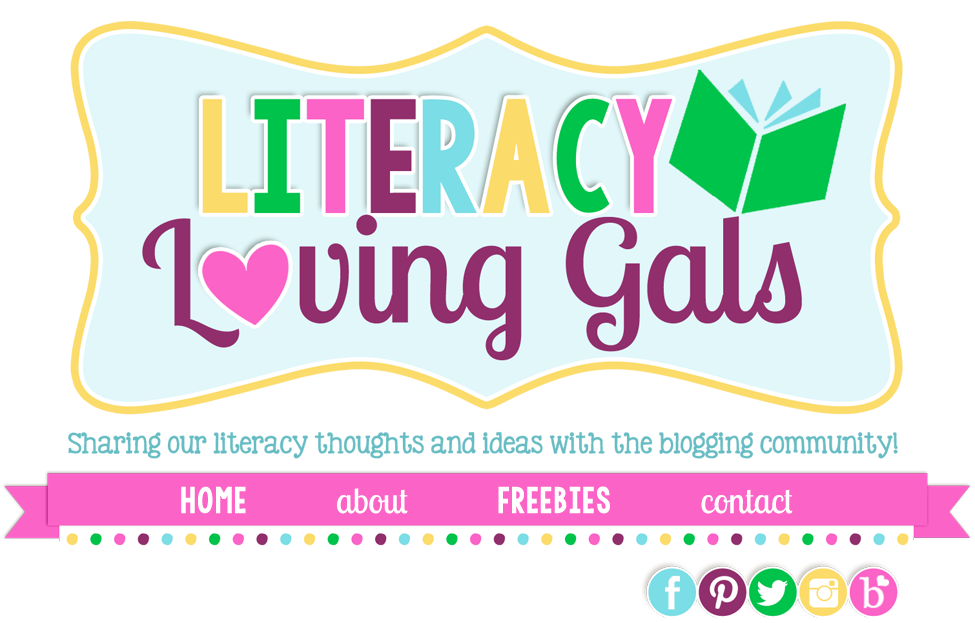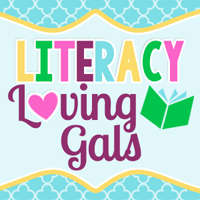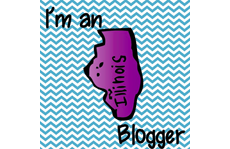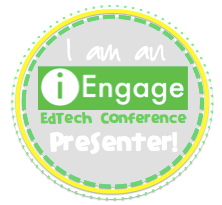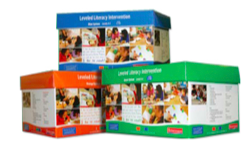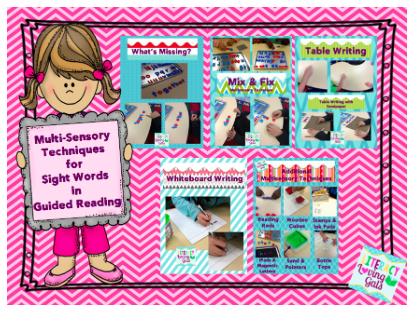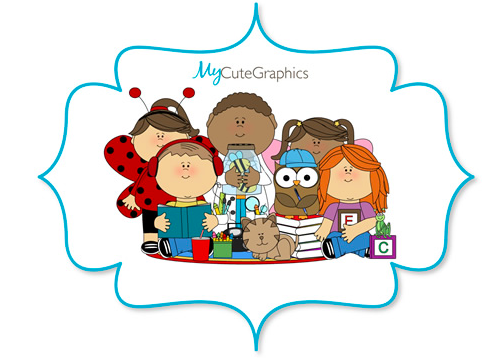Welcome back for another post hosted by the #D100bloggerPD crew! Here's a little background information before we begin. The #D100bloggerPD crew was created as a way of connecting staff members throughout my school district to share thoughts, ideas, reflections and resources with one another. What's the reason we use a hashtag? We have an impressive bunch of Twitter fans in the district. Using the #D100bloggerPD hashtag is helping us emphasize and organize our content.
I learn and grow daily in School District 100 alongside many talented staff members. We recently had an Institute Day filled with various EdCamp sessions. My #teachertwin, Kristin, and I spearheaded an EdCamp dedicated to #D100bloggerPD, in hopes to satisfy our craving for collaboration, to recruit more district crew members and to brainstorm additional topics we'd like to explore in the future. During our EdCamp session, "What Inspires You?" was born!
Our second set of posts are devoted to starting the new year with some inspiration. #D100bloggerPD's inspirational journey started on Kristin's blog, Reading and Owl of the Above. She provided some background information about our "What Inspires You? journey in her first post of this series. As I pondered the question, "What inspires you?", I came up with a handful of ideas. Besides the people I connect with in my PLN via various social media networks, I chose a few family mottos, a picture on my desk, a well-known saying and a book that's changed my thinking.
Growing up, my sister and I were always coached by our parents to have a positive mindset. Truthfully, it drove my sister and me nuts. We would consistently hear throughout our childhood, "PMA, that's the way. Everyday!" If you're not familiar with PMA, it stands for Positive Mental Attitude. OR, we'd hear my father saying, "Be a jet pilot. They don't use rear view mirrors." My sister and I were the jet pilots of life making mistakes, learning and growing from them, as well as continuing to move forward...not looking back in our rearview mirrors. Get it?
Needless to say, during my high school years, there was a lot of eye-rolling on my part. However, looking back, these family mottos have been a huge inspiration to me. They have set a foundation for looking on the bright side of things. (Thanks mom and dad!)
Next up is a picture that currently sits on my desk and has for almost 20 years. It says, "Children are our only future the Human Race has; Teach them well." When I graduated from college, my parents gave it to me as a reminder to give it my all as a teacher. Over the years, I've met so many inspiring students and educators who have helped me learn and grow as a teacher. When I first started this blog, I wrote a post explaining what inspired to me to be a teacher as part of BigTime Literacy's Blogging Challenge. (Michelle, the author of BigTime Literacy is, yet, another inspiration of mine!) Take a peek at the post, if you're interested. :)

Additionally, the saying "Set some goals, then demolish them!" is an inspiration to me. I'm keen on setting goals for myself and then taking the actionable steps necessary to demolish them. Doesn't it feel fabulous to accomplish something you've set out to do? Anyway, I try to encourage my students to do the same. As a Reading Specialist, I teach my students to set literacy goals and have a #growthmindset when working toward them. The smiles on my students' faces when they attain their goals are #priceless. Below are images in my classroom to inspire students.


To be honest, I have such an extended list of inspirations, but I won't blab on and on. So, let's just say here is my last and newest, but not least, inspiration. Have you read the book by Ron Clark called Move Your Bus: An Extraordinary New Approach to Accelerating Success in Work and Life? My talented mentee and first-year teacher, Angela from Miss G Does 5th, opened my eyes to it. It's an insightful book about maximizing performance and has truly given me inspiration to step up my game to "move my own bus" towards greater success as a teacher. It definitely supports my one little word for 2016: #GROW.
Since the #D100bloggerPD crew has decided to make this book our focus in February, (Woohoo!) I won't go into too much detail. I will, however, let you know, the Move Your Bus #D100bloggerPD Book Study starts here on Literacy Loving Gals beginning Monday, February 1, 2016. More information will be posted in the near future. Stay tuned.
Thanks again for stopping by to read what inspires me. Be sure to check back with Reading and Owl of the Above for the links to previous and future posts in this inspirational mini-series. Next up is one of our accomplished and kind-hearted Literacy Coaches in the district, Felicia from Literacy Lights. :)
Continue to move forward, friends!
